Sweet Rice: Good Enough to Steal
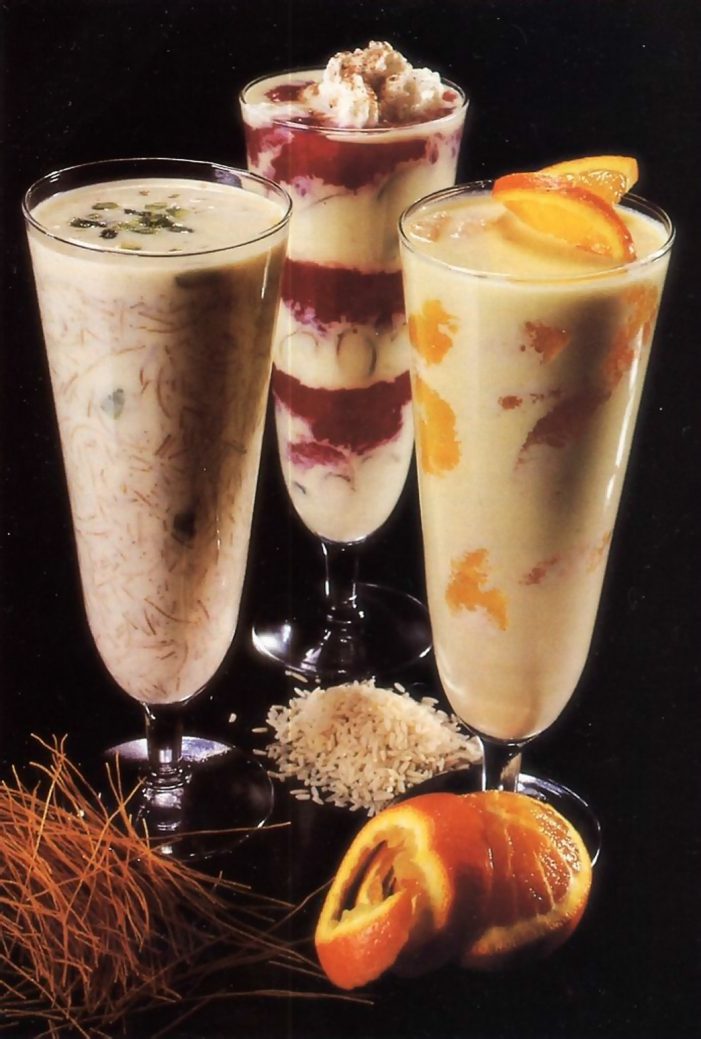
If you’ve ever been to a Sunday Love Feast at a Hare Krsna temple, it’s more than likely that you’ve tasted sweet rice—that cool, thick, milky dessert with rice in it—often the highlight of the feast.

If you’ve ever been to a Sunday Love Feast at a Hare Krsna temple, it’s more than likely that you’ve tasted sweet rice—that cool, thick, milky dessert with rice in it—often the highlight of the feast.
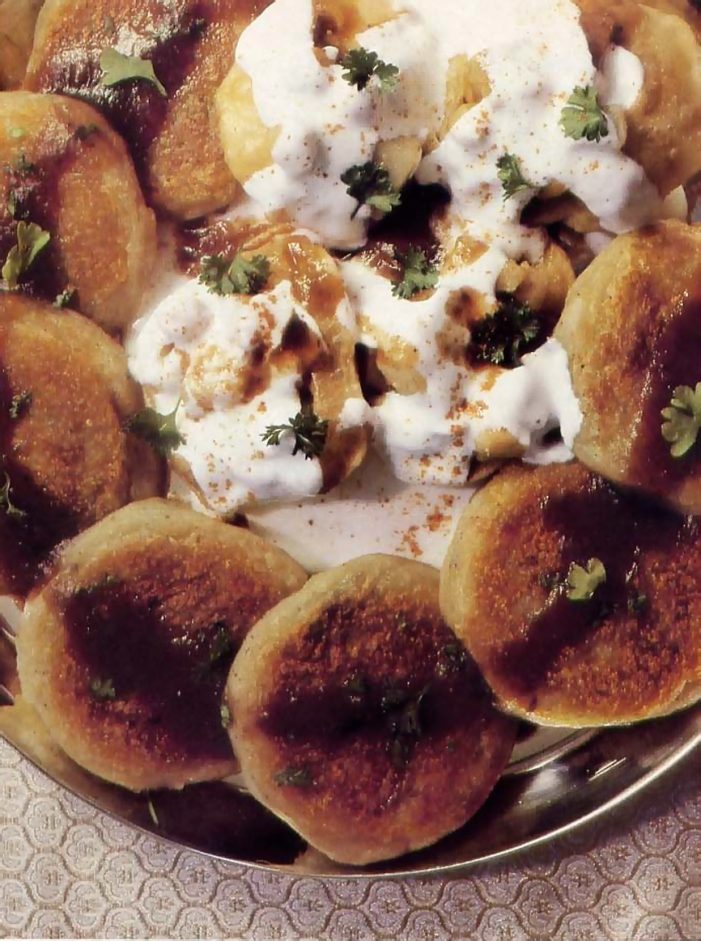
For 79 cents get a one-pound package of Bird’s-Eye Tiny Taters. Or, for 19 cents, you could get a pound of fresh potatoes instead and make tikkis (pronounced “teekees”), pan-fried potato patties.
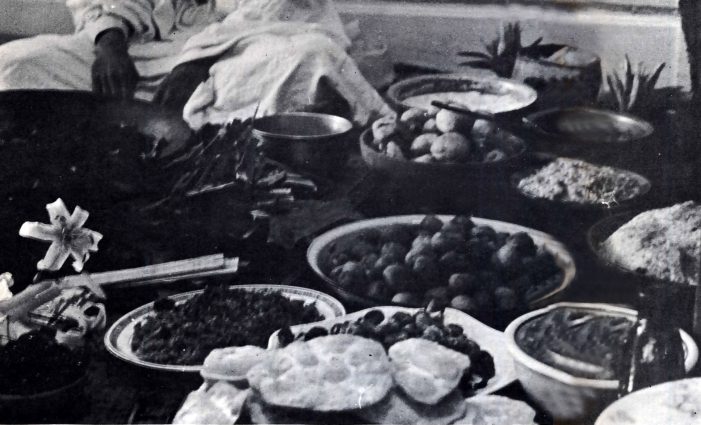
For this issue we’ve chosen a few nice sweet preparations for you to enjoy. Simply Wonderfuls, Halavah, Puris and RichMolasses Bread.
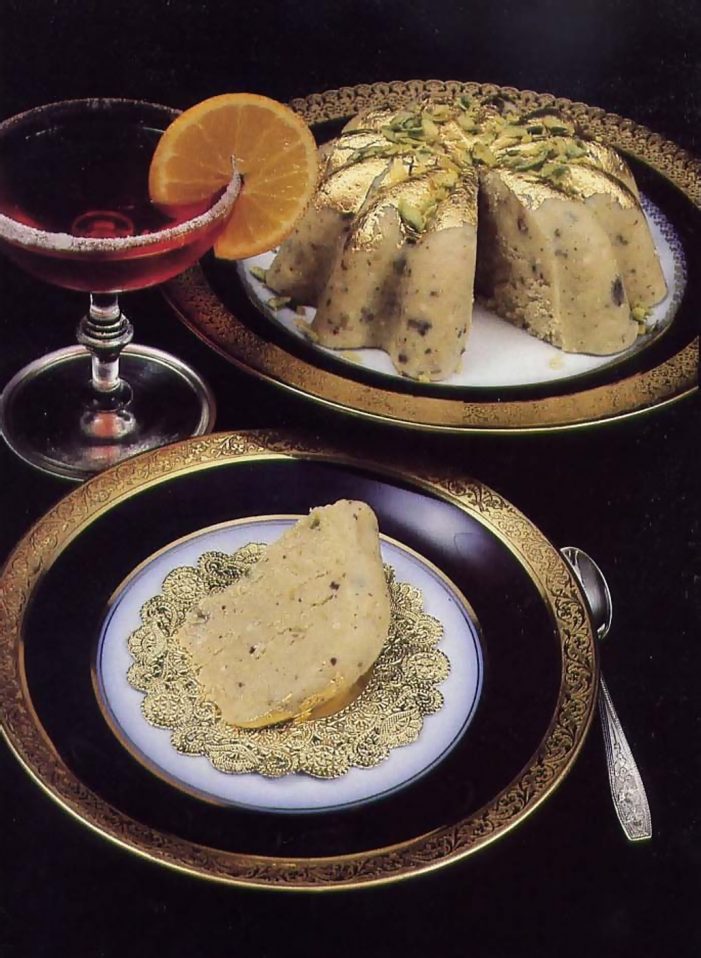
How can a twentieth-century woman simply stand there cutting a cauliflower, with the Middle East in crisis, millions going hungry, and the national economy tottering?
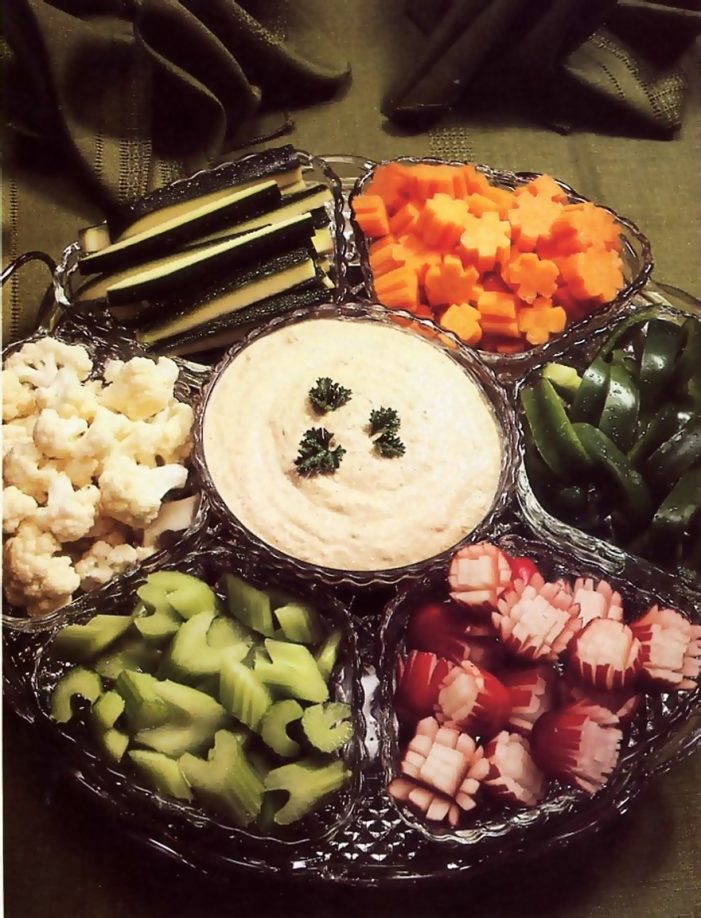
Fasting for some political purpose my help us reach some political goal. But the Vedic teachings direct us beyond such goals. Fasting, say the Vedic scriptures, is meant to help us control the mind and senses so we can advance in spiritual realization; it’s not for any other purpose.

By whom are you being taught what is healthy and what is not healthy? What is you authority? Actually this ‘healthy’ and ‘unhealthy’ is a material consideration. We are simply interested in what Krishna wants. So we offer Him whatever He wants to eat.

Krishna eats the food and then we take the remnants. The good taste of the food is thus enhanced, and the body and mind become healthy while the soul remains engaged in service to the Lord.
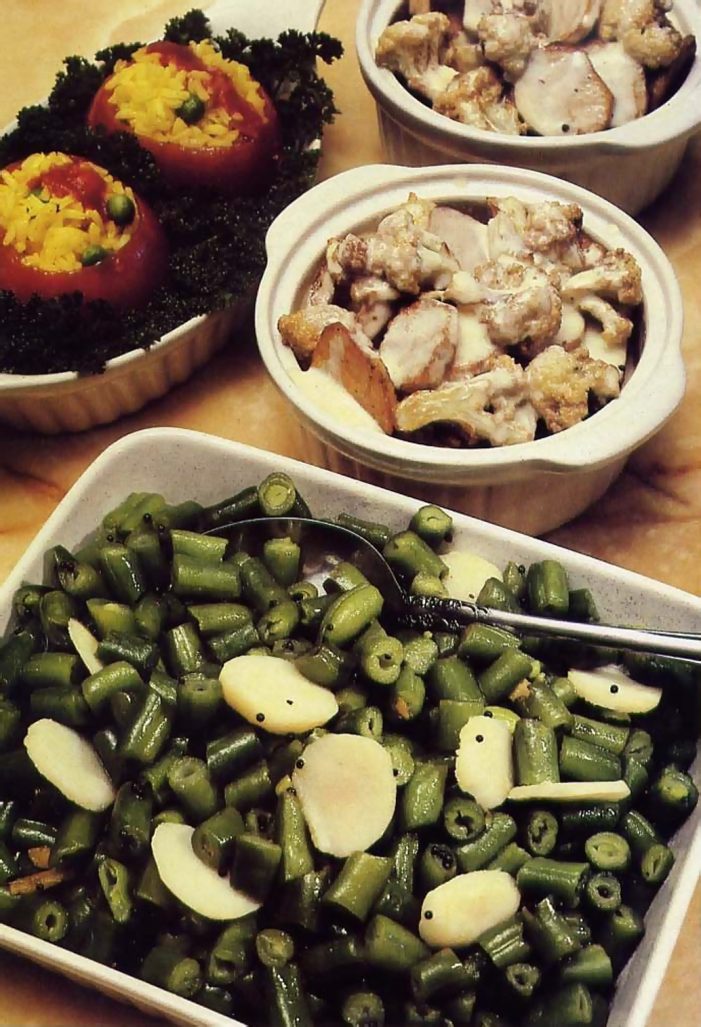
The typical Vedic lunch consists of capatis (unleavened whole-wheat breads) rice, dal (bean soup), cooked vegetables, and salad. “The best health insurance of all seems to be a well-chosen vegetarian diet from varied sources and a life free of junk foods,”
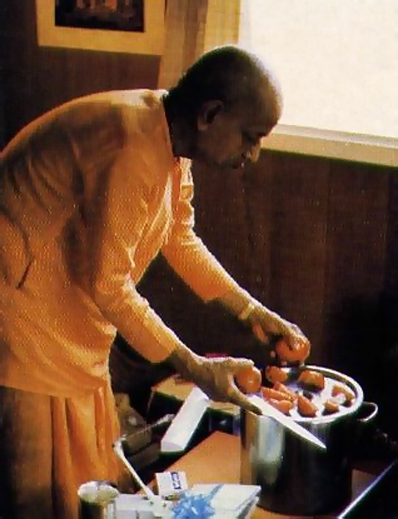
“I learned to cook by watching others—my mother, my aunt, and even the ‘walas’ [restaurant and street-stand cooks] in Calcutta,” Srila Prabhupada said. Later on, in his householder days, he occasionally joined his wife in the kitchen.

The Sanskrit word karma means “action” or, more specifically, any material action that gives us a material reaction and thus binds us to the material world. So a karma-free diet is one that produces no material reaction; it’s a sinless diet.

Beef-, fish-, and chicken-lovers take note: There’s a cheaper, tastier, healthier, saintlier way to meet your protein needs — dhal. Besides being a good source of iron and B vitamins, is an excellent source of vegetable protein.
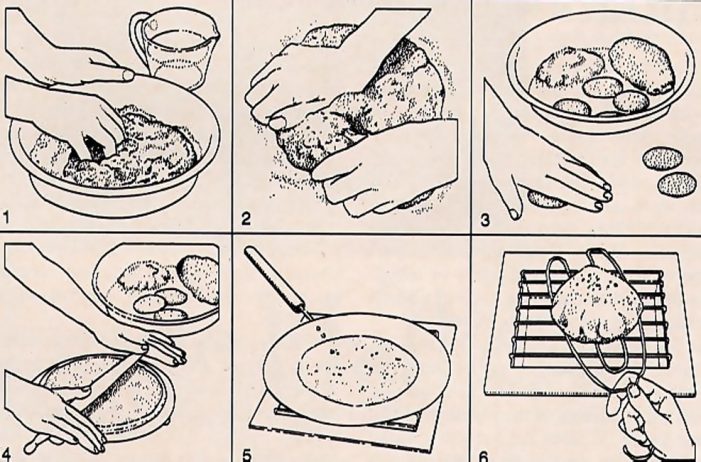
The most popular of all unleavened breads, chapatis are traditionally made with stone-ground whole-wheat flour. Thus they’re rich in fiber, vitamins B and E, protein, iron, unsaturated fats, and carbohydrates.
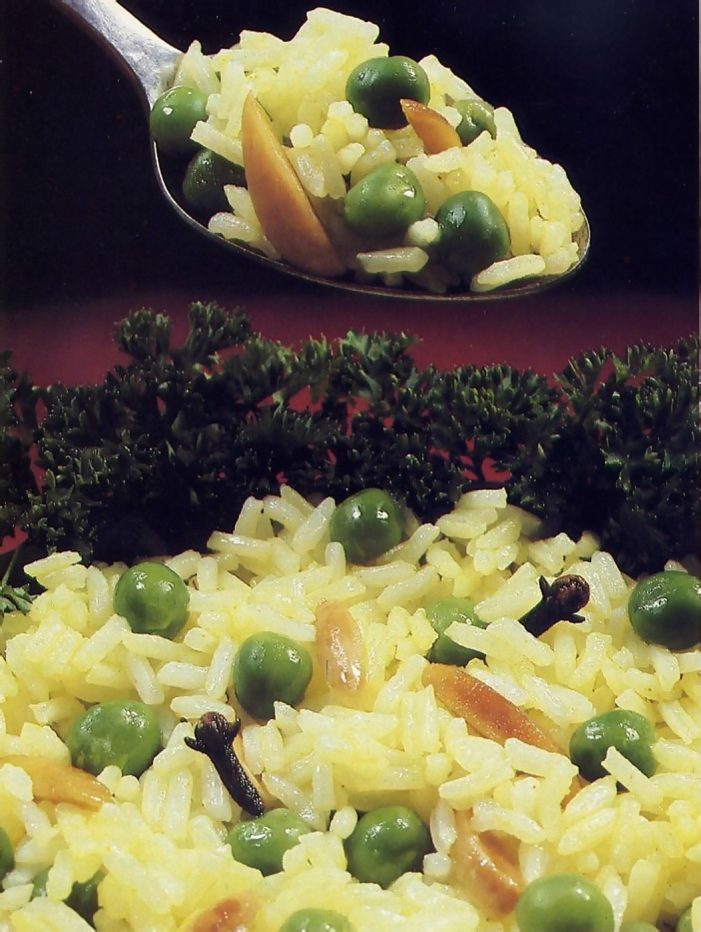
Rice, one of the oldest grains known to man, has throughout history been a staple in the diet of nearly three fourths of the world’s people, and it remains so today.
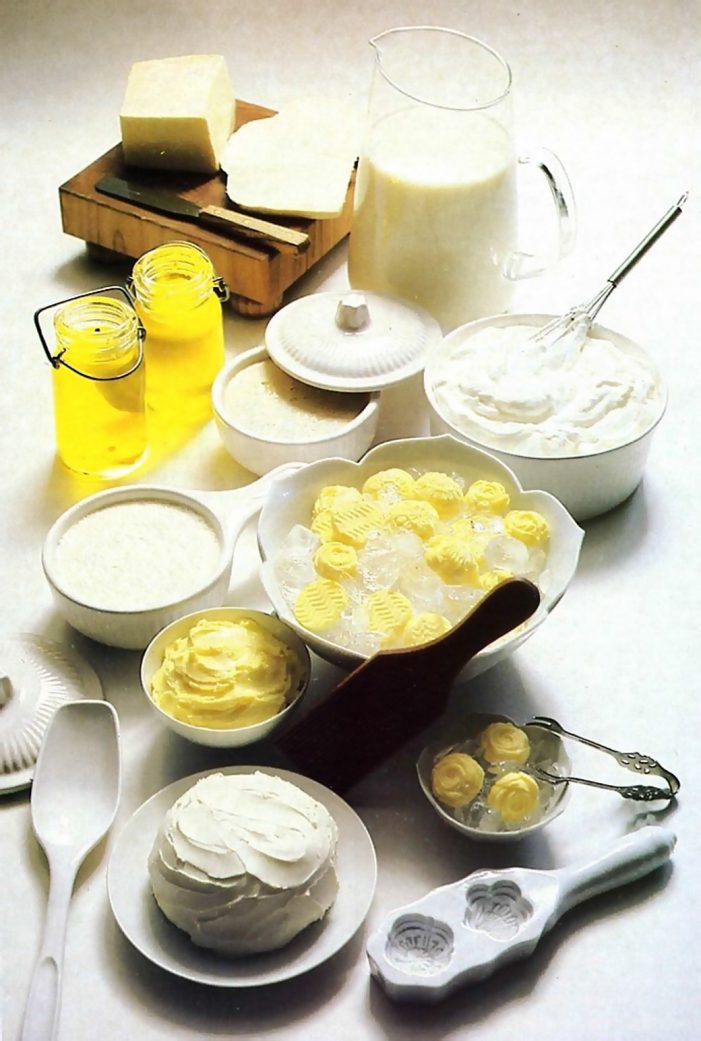
Milk, the miracle food, yields cheese, cream, yogurt, butter, and ghee. The essence of milk and the consummate cooking medium, ghee imparts such a refined, irresistible flavor that it’s earned the label “liquid gold” from those experienced in preparing Krsna’s cuisine.
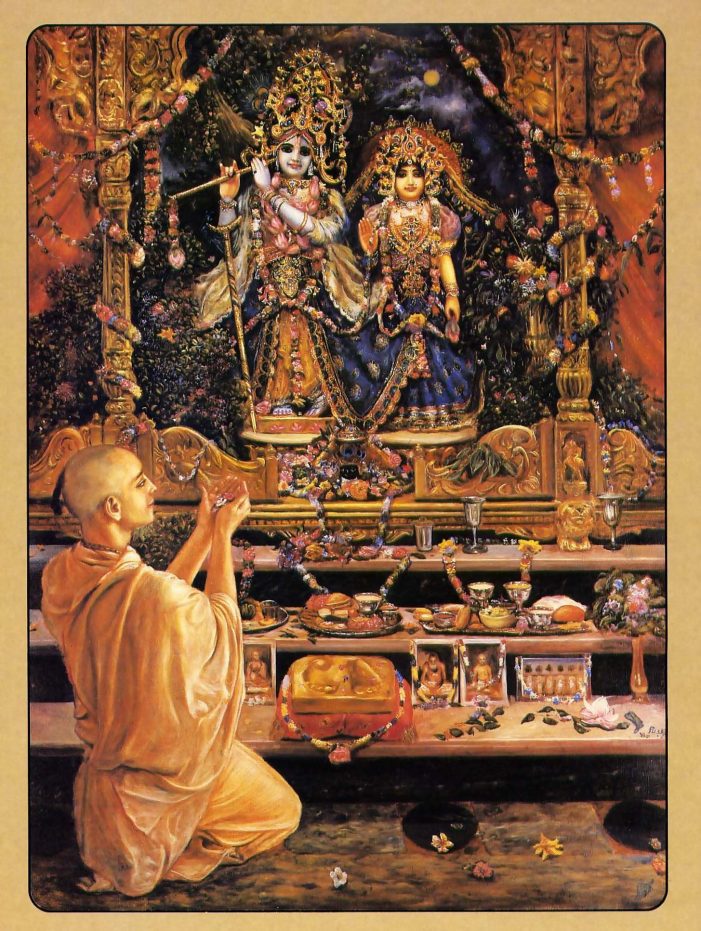
A vegetarian cookbook by Yamuna-devi dasi. A disciple of Prabhupada for fifteen years, Yamuna learned many recipes directly from him. In addition, she spent four years in India studying the techniques and ingredients involved in Krsna conscious cooking.

When Lord Krsna speaks in the Bhagavad-gita, He clarifies the ultimate purpose of vegetarianism: “If one offers Me with love and devotion a leaf, a flower, fruit, or water, I will accept it.”

Yes. For meat-eaters, that is what the Vedic culture recommends: “Eat dogs.” As in Korea they are eating dogs, so you also can eat dogs. But don’t eat cows until after they have died a natural death.
Awakening Our Spiritual Taste.Whether it’s a spicy chutney or a cooling raita, food offered to Krsna enlivens our spiritual senses.
Milk has been famous as a storehouse of nutrients since long before the health-oriented 1980’s began. Didn’t your mother tell you that the minerals in milk help build strong bones and teeth?
Sixty-five million people are on a diet at any given time in America. Millions are going on and off diets, losing weight, gaining it back, giving up, feeling desperate….